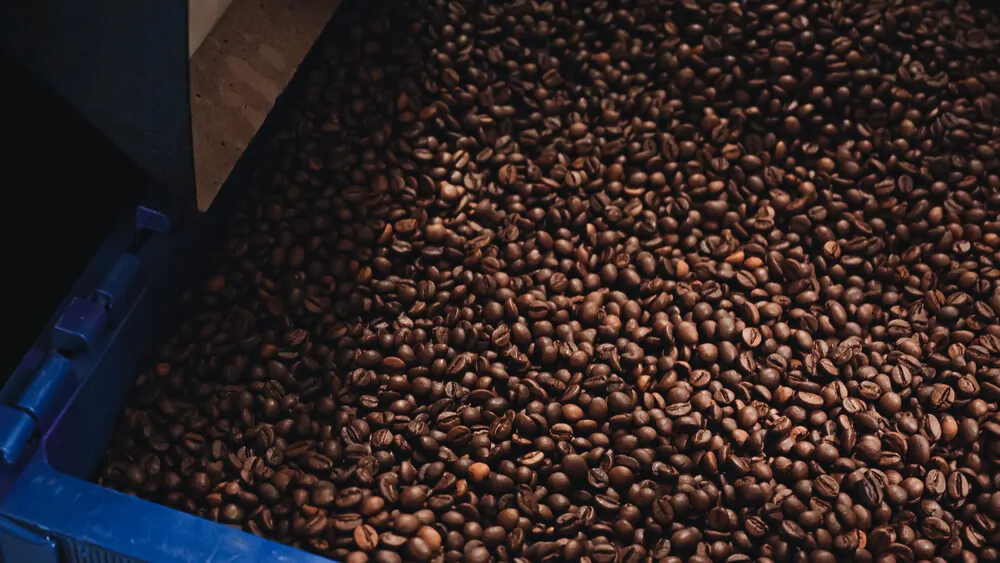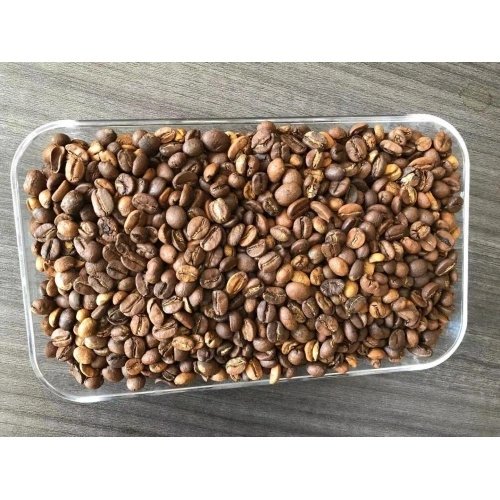Are you looking for a way to learn more about coffee bean classification and grading? If so, take a look at the article below to learn more!

If you enjoy a good cup of coffee in the morning, you may be looking to learn more about how coffee beans are graded. What are green coffee beans? What is the difference between Robusta coffee and Arabica coffee? Does acidity play a role?
I remember when I was trying to improve my coffee cup quality, I started looking for defects, learning everything I could about being size, the classification system, and the grading system. I learned that regardless of whether your coffee comes from Colombia, Brazil, Ethiopia, Kenya, or somewhere else in between, your beans are put through a grading system.
If you are looking for a high-quality, premium coffee cup, you should learn more about how coffee beans are graded. How does this impact your coffee?
How Are Coffee Beans Graded?
If you are taking a look at the information on green coffee, premium grade coffee, or Ethiopian coffee, you may see that beans are graded. The Specialty Coffee Association of America (SCAA) helps establish the grading system for roasters. This includes standard grade coffee beans, exchange grade coffee beans, green coffee classification, and more.
There are numerous factors that play a role in how coffee beans are graded. First, coffee is graded by sorting green beans with the husk removed over screens with holes of varying sizes. This is how larger beans are separated from smaller beans.
Then, the beans that are left on each individual screen are weighed. After this, the coffee is roasted and cupped to take a closer look at its characteristics. Bold defects, secondary defects, coffee bean weight, flavor profile, moisture content, insect damage, and numerous other factors will play a role.
In general, coffee that has grown at a higher altitude is usually larger, denser, and has the best flavor profile. Even though there are exceptions to the rule, the goal is to obtain an even roast. What are the various grades?
The Types Of Coffee Grades
Coffee beans are usually graded on a scale of 1 to 5. The differences include:
Grade 1: Specialty Grade
This is the best available grade for coffee beans. In order to be classified as a specialty grade, coffee beans have to meet several criteria, including:
- They cannot have any primary defects.
- They must have fewer than three full defects.
- Less than 5 percent of the coffee beans can be either above or below a certain screen size.
- Specialty coffee beans have to have a distinct attribute in their aroma, acidity, or taste.
- All coffee beans have to be free from any cup faults or taints.
None of the beans can either be unripe or poorly roasted in order to be classified as specialty-grade coffee beans.
Grade 2: Premium Grade

Most coffee that people purchase from a coffee shop has been made using premium-grade coffee beans. These beans fall just beneath specialty-grade coffee beans and follow a lot of the criteria listed above. The guidelines are a bit more relaxed, as premium-grade coffee beans can have three Quakers in the batch.
Coffee beans are also allowed to have up to 8 defects.
Grade 3: Exchange Grade
Even though these coffee beans are still solid, they do have slightly different criteria. They include:
- These beings could have as many as 50 percent of the batch fall above the screen size
- Between 5 and 15 percent of the beans could fall beneath the screen size.
- Between 9 and 23 fold defects are permissible for this grade.
- Each batch can have a maximum of five Quakers.
If you purchase your coffee beans from a supermarket, this is probably the grade you are going to receive.
Grade 4: Standard Grade

If you decide to go with standard-grade coffee beans, there are a few risks you are taking. In a 300 gram batch, these coffee beans could have as many as 86 full defects. As a result, the flavor could be off, the aroma could be a bit poor, or the acidity could be off.
Grade 5: Off Grade
Finally, if the coffee beans do not fall into any of the criteria listed above, they are deemed grade 5, which is off-grade. This batch has more than 86 full defects in a 300-gram bag. You probably do not want to drink coffee that has been made from these beans.
What Qualifies As A Defect?
You might be wondering what qualifies as a defect in a batch of coffee beans. There are a few possible examples, including:
- There could be large stones that are present.
- There might be beans that are not yet ripe.
- There could be shells present in the batch.
All of these defects have the potential to throw off the quality of the batch as a whole. That is why these defects are tracked as they are sorted through screens.
Final Word On Coffee Bean Classification And Grading
There is a lot that roasters consider when they are trying to grade a specific batch of coffee beans. If you get your coffee from a coffee shop, you will probably get premium-grade coffee beans. If you get your coffee from the supermarket, you will probably get exchange-grade coffee beans.
By learning more about how coffee is graded, you can appreciate your morning cup even more. You might even be able to purchase the best beans for your own roasting at home, allowing you to customize your cup of coffee to meet your specific needs.
FAQs About Coffee Bean Classification And Grading
How do you evaluate coffee beans?
The bean size, shape, taste, acidity, and aroma are all considered when evaluating coffee beans.
What is the process for grading coffee beans?
Coffee beans are usually sorted using a system of screens. Then, they are examined for defects or Quakers carefully before being graded.
